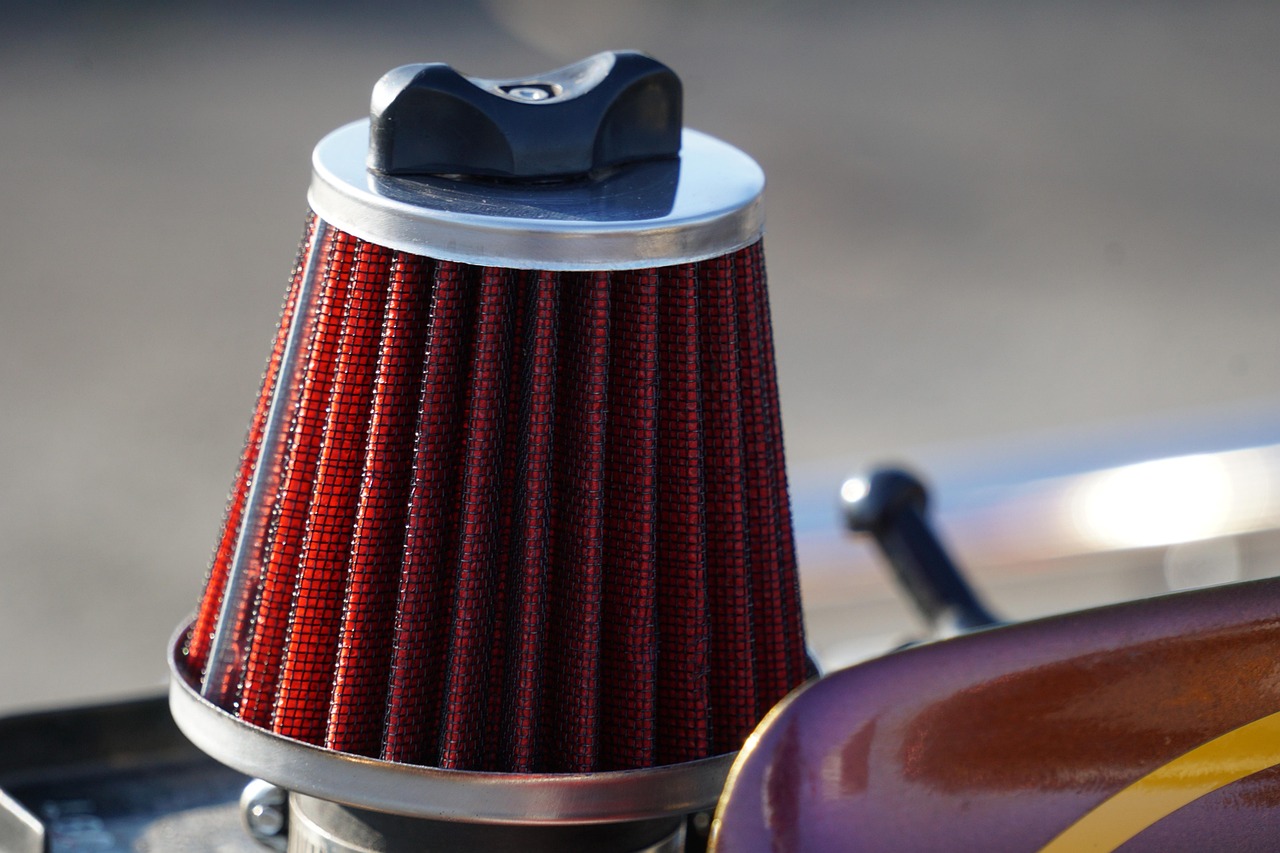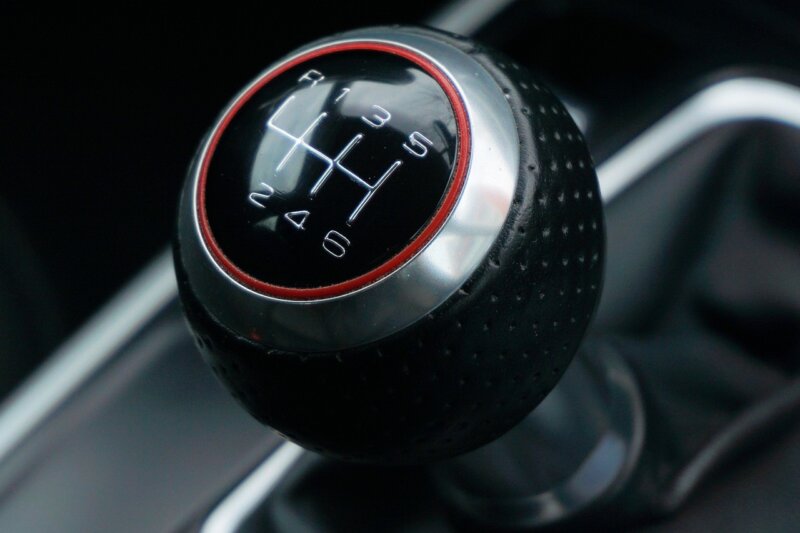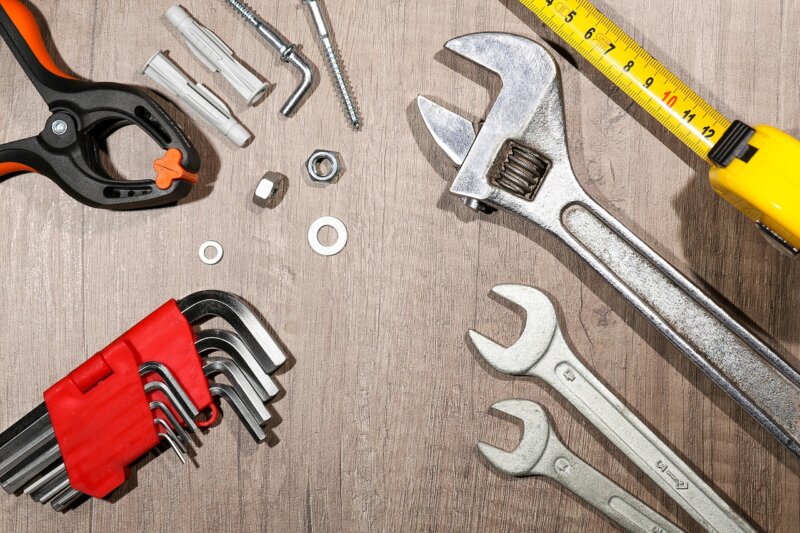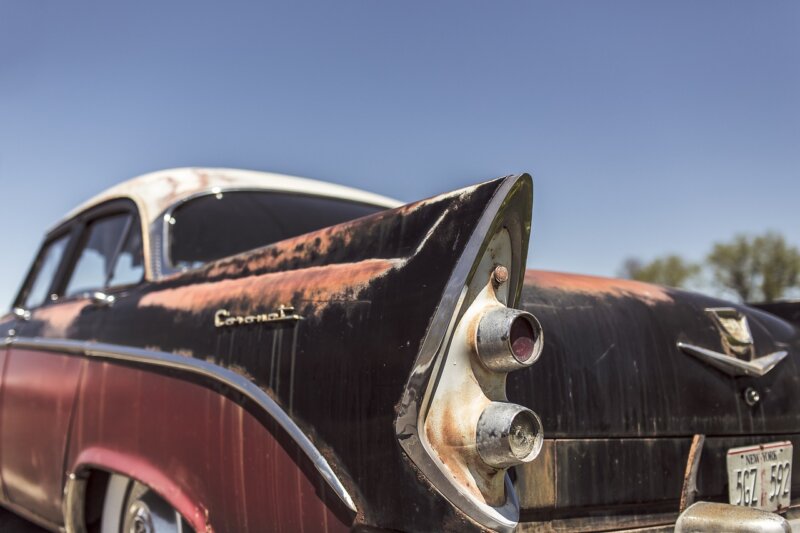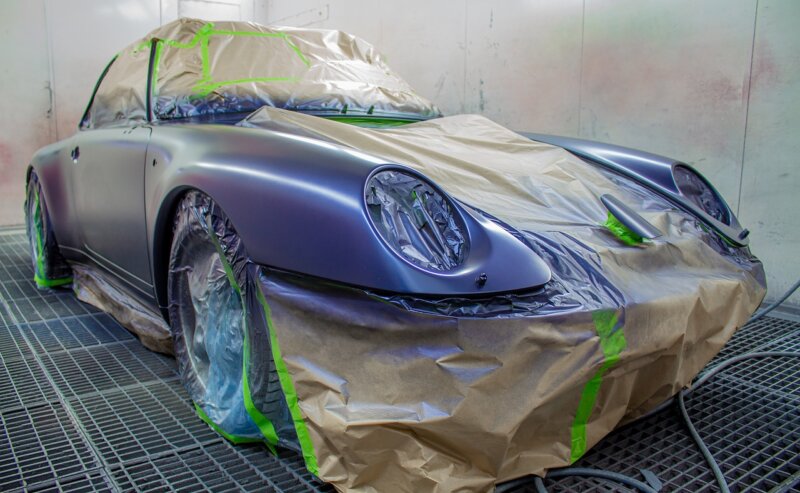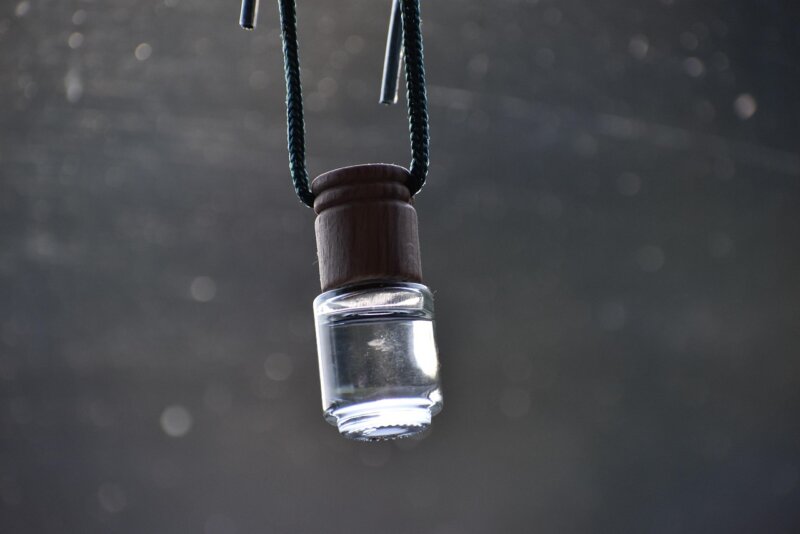Does your car’s air feel stale or make you sneeze? Many drivers notice the same thing. Upgrading the cabin air filter can improve air quality, reduce allergens, and cut pollution inside the vehicle. With better filtration and air purification, rides feel cleaner and calmer.
Why Upgrade Your Cabin Air Filter
Cleaner cabin air supports respiratory health for you and your passengers. A fresh filter blocks allergens and particulate matter before they enter the cabin. You get cleaner air with less odor and less haze from traffic or smoke.
Benefits of improved air quality
Fresh filters reduce dust, pollen, and pet dander. People with allergies tend to feel better with fewer symptoms. During wildfire season, a strong filter helps keep smoke out of the cabin.
Your HVAC system, which heats, cools, and moves air, also works easier. Less debris reaches the blower; airflow stays steady. That can help maintain comfort and reduce strain on the system.
Protection against allergens and pollutants
Cabin air filters catch allergens like dust and pollen before they reach your nose and eyes. Many drivers notice less sneezing, less itching, and fewer headaches on long trips.
HEPA filters catch very small particles, including fine smoke and city pollution. Fine particulate matter, often called PM2.5, is tiny dust that can irritate lungs. Upgrading the filter, and replacing it on schedule, keeps cabin air cleaner all year.
HEPA Cabin Air Filters: Do They Work?
HEPA stands for High Efficiency Particulate Air. A true HEPA filter removes at least 99.97 percent of particles 0.3 microns in size. That includes many allergens and microscopic particles that slip past basic mesh filters.
How HEPA filters trap fine particles
HEPA media is folded into pleats to increase surface area. More surface area means more places for particles to stick. The fibers catch particles with three main actions, interception, impact, and diffusion.
Interception is when a particle bumps a fiber and sticks. Impact is when heavier bits cannot follow the air path and hit the fibers. Diffusion affects very small particles that zigzag and end up trapped. High MERV ratings, which is a scale called Minimum Efficiency Reporting Value, signal stronger filtration.
Comparison to standard cabin air filters
Standard filters handle larger dust and pollen. Many small pollutants pass through them. That can leave sensitive people with symptoms.
HEPA filters capture much smaller particles, down to 0.3 microns, at very high efficiency. This helps reduce exposure to allergens, mold spores, and some germs. For drivers in cities with heavy traffic, the difference can feel clear.
Best Cabin Air Filters for Allergy Relief
Some filters go beyond the basics. They add HEPA media, charcoal for odor control, or antimicrobial layers. These features improve air purification and filtration performance for daily drives.
PUREFLOW® Cabin Air Filters with HEPA technology
PUREFLOW HEPA Cabin Air Filters use four stages, including an activated charcoal layer and an antimicrobial layer. This design targets 99.97 percent of particles at 0.3 microns. That level of filtration can help the 50 million Americans who deal with allergies.
Fit coverage includes Ford F-150, 2015 to 2021, F-250 Super Duty, 2017 to 2022, F-450 Super Duty, 2017 to 2020, F-550 Super Duty, 2017 to 2019, and Toyota Tacoma, 2015 to 2023. Pricing is listed at $23.77 for Ford F-150 and $19.85 for Toyota Tacoma.
Engine compatibility often includes Ford 6.2L, 6.7L, and 7.3L, plus Toyota 2.7L and 3.5L. Many older models back to 2005 are covered. Check the part number for your exact trim and year before buying.
Spearhead HEPA Breathe Easy Cabin Filter
The Spearhead HEPA Breathe Easy Cabin Filter offers another strong option. It carries a MERV 17 rating, which signals high capture of tiny particles. The company states 99.97 percent capture at 0.3 microns.
The filter weighs 3.52 ounces and measures about 8 by 7 inches. It fits many Toyota and Lexus models, 2016 to 2024. Price is listed at $17.99, and the package includes a simple install guide.
Customer ratings average 4.7 out of 5 across thousands of reviews. Many users report less dust and fewer allergy flares after install.
How to Replace Your Cabin Air Filter
Most cabin filters sit behind the glove box. The process is quick, usually under 15 minutes. A clean filter can improve air quality right away.
Step-by-step guide for easy installation
- Check your owner’s manual for the filter location and part number.
- Gather a screwdriver, gloves, and safety glasses. Use a mask if the filter looks very dusty or after wildfire smoke events.
- Open the glove box. Release the side damper and stoppers or remove screws if needed.
- Remove the access cover to the HVAC filter housing.
- Slide out the old filter slowly so debris does not spill.
- Note the airflow arrow on the old filter. Insert the new filter with the airflow arrow in the same direction, usually down.
- Reinstall the cover and glove box parts. Make sure everything snaps or screws back tight.
- Turn on the fan and AC to test airflow and check for noise.
Replace the filter every 12 months or 12,000 to 15,000 miles, or sooner in dusty areas. If you often drive in traffic, on dirt roads, or during smoke season, shorter intervals make sense. If the task feels tricky, a trusted mechanic can handle it fast.
Additional Features to Consider
Some filters focus on odor removal, while others target germs. Choose features that match your needs and climate. City driving, pets, or long commutes may change your pick.
Cabin air freshener options
PUREFLOW air fresheners offer six scent choices. The fragrances fit each season and can boost comfort during daily drives. Light scents work well in small cabins.
Filters that pair good filtration with odor control give a balanced result. Activated charcoal can help remove fumes and cabin smells. Some designs also reduce certain bacteria for extra freshness.
Filters with antibacterial technology
Antibacterial or antimicrobial layers target certain germs on the filter surface. They also trap allergens like pollen and dust. This can help reduce irritation for sensitive passengers.
PUREFLOW home air filters use four stages that include activated charcoal and antimicrobial layers. In cars, HEPA cabin filters target 99.97 percent of 0.3 micron particles. Strong filtration supports cleaner breathing for both adults and kids.
Bottom Line
Clean air in your vehicle matters every mile. A HEPA cabin air filter offers strong filtration, less exposure to allergens, and better air quality. PUREFLOW options for the Ford F-150 use four-stage media with charcoal and antimicrobial layers, which can help with allergy relief.
Most installs happen behind the glove box and take only a few minutes. If allergies are severe, talk with a healthcare professional. Prices, fit, and claims may change, so verify details before purchase. This guide is for general information, not medical advice. Choose the right filter and enjoy cleaner air on every trip.

